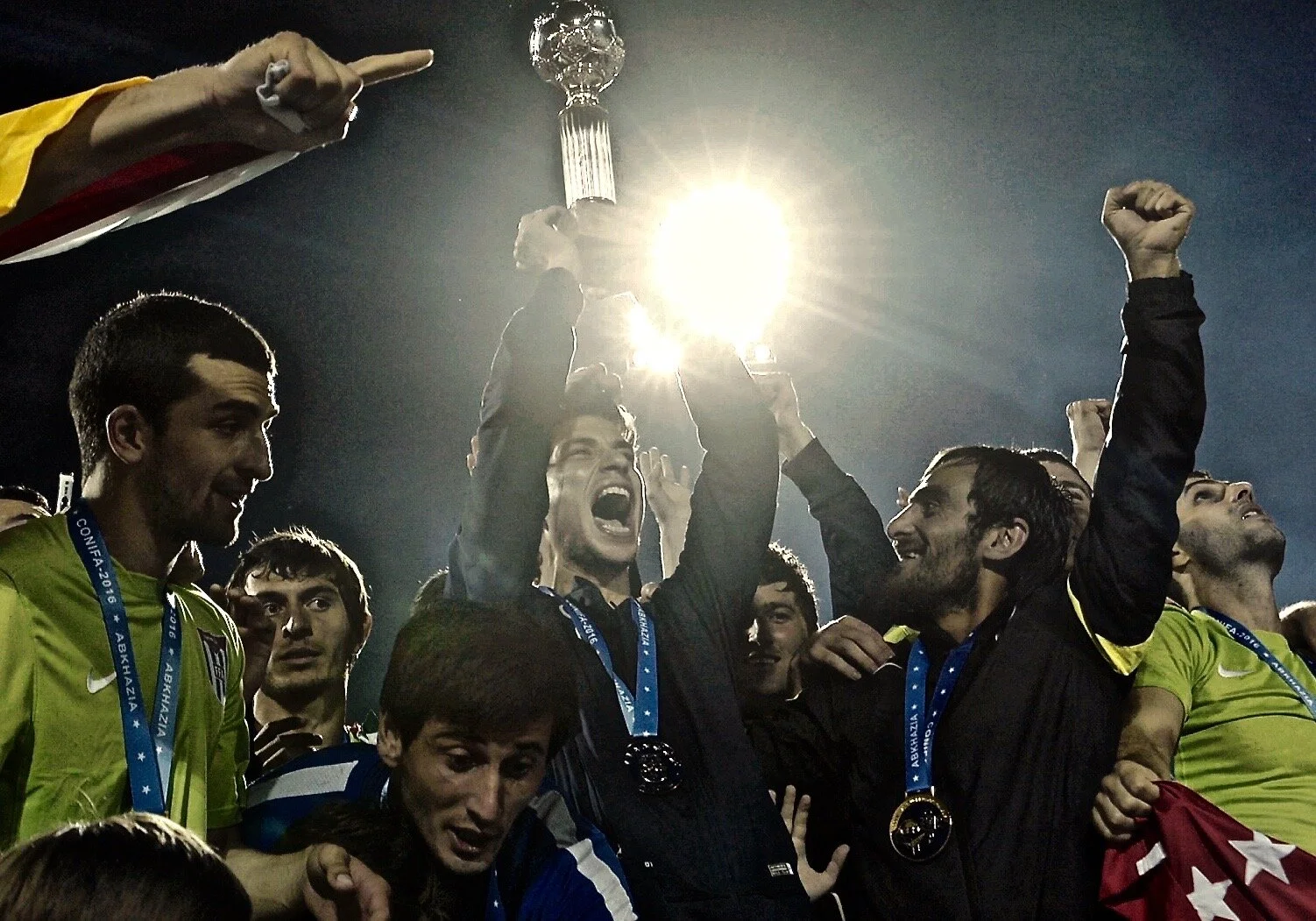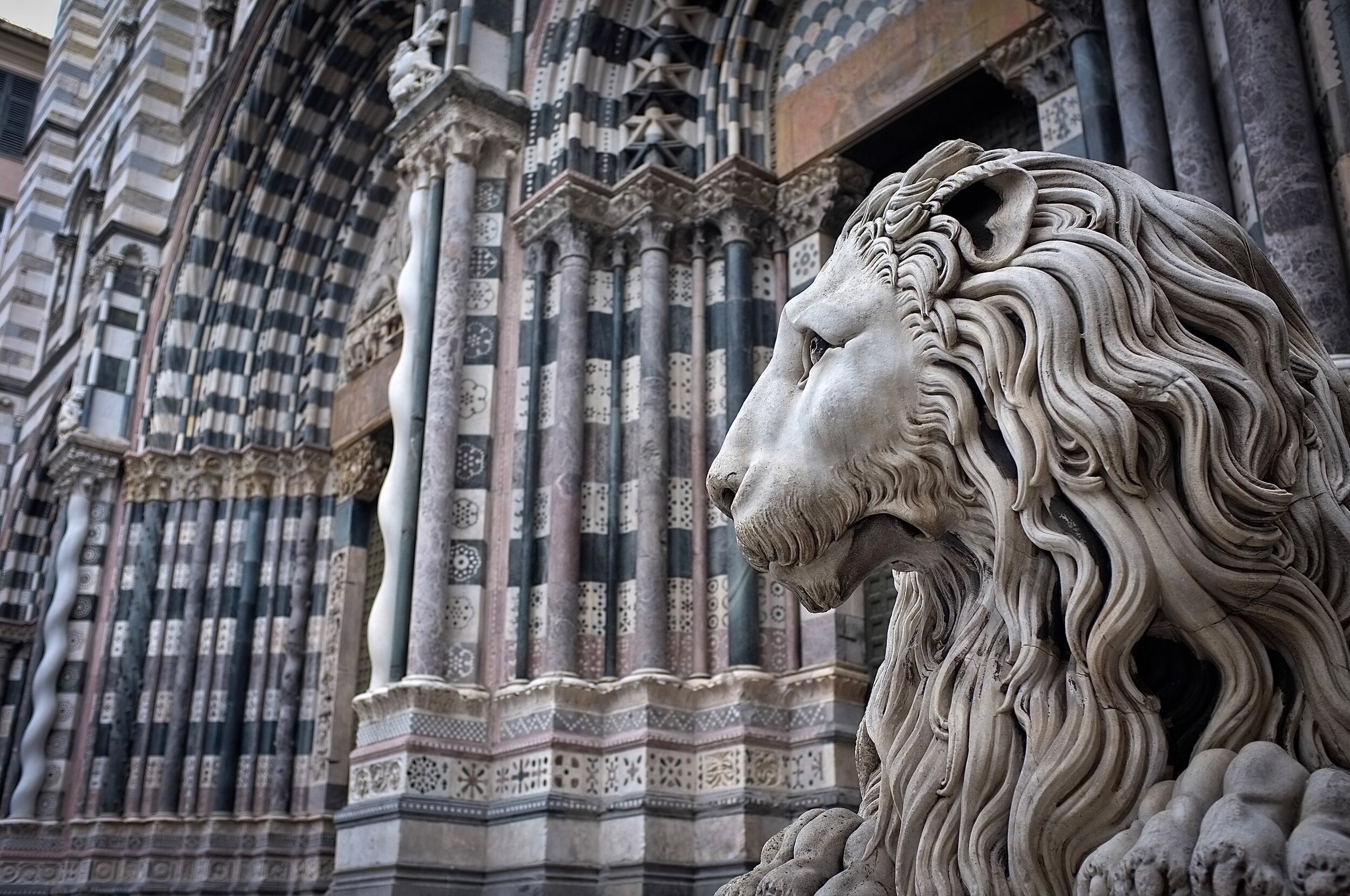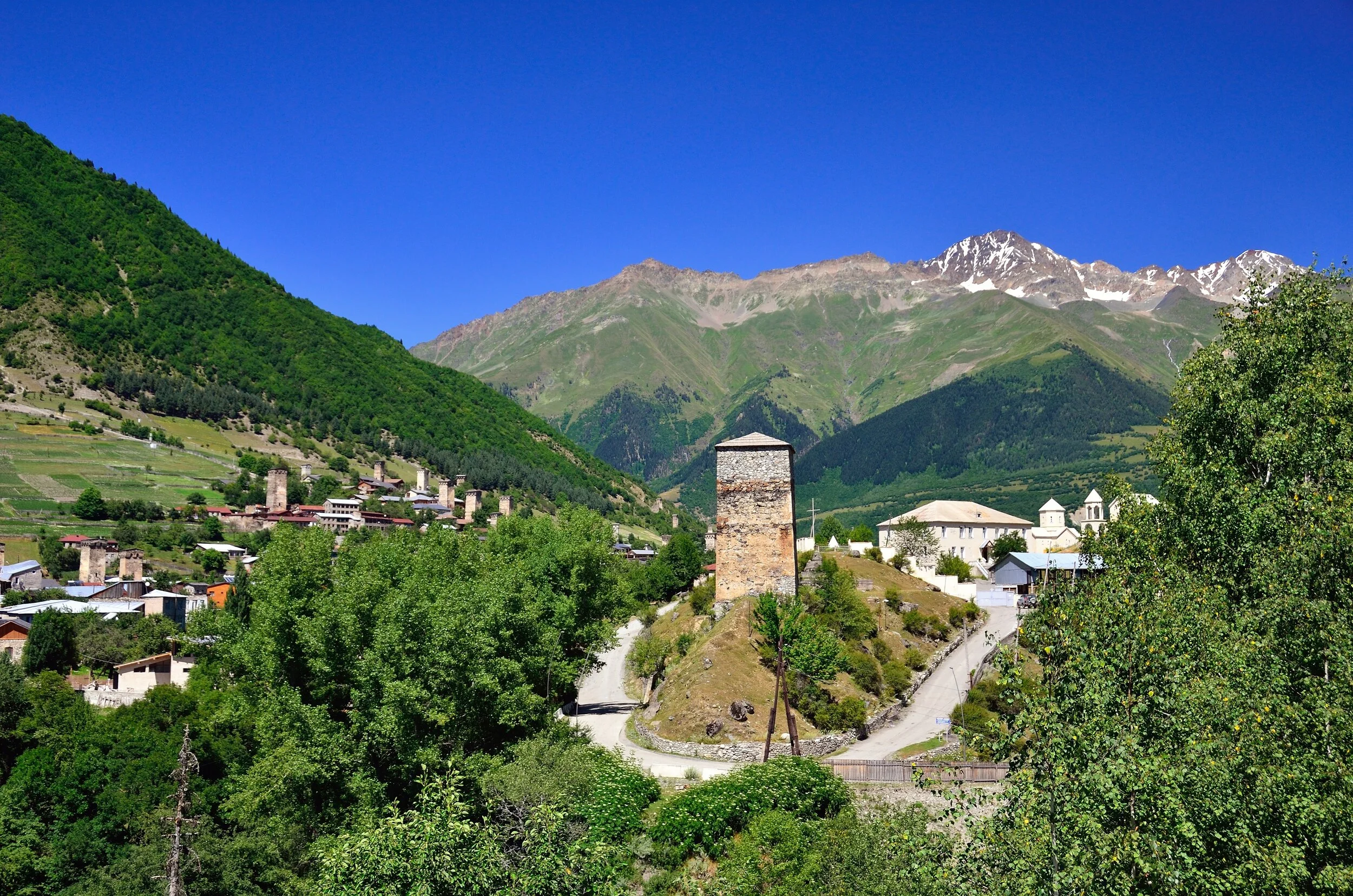AT DAWN WE DRINK
A SMITHFIELD PUB CRAWL
Vice, 2015
St John Street, Finsbury, 5am. Not first light. Maybe third. The crack of dawn, plus some thigh and midriff. It’s not unlike me to be awake at this time, but it’s rare that I’ve been to bed first.
Like a lot of night owls, I generally require some persuasion to play the early bird, but getting up this morning was easy. I’m on my way to Smithfield, where I’ve been told I can do something I can’t do anywhere else in London – a pub crawl before opening time. Yes, my plan is to down my first drink at six and order my last at five-to-eleven, when I shall call it a… day.
Why? Well, getting a proper drink inside Zone 3 is tricky these days. And by “proper drink” I don’t mean a lean Patagonian malbec or a dunkelweisen that tastes of cloves and bananas: we’re dying of those here. The beverage isn’t important, frankly. No, a proper drink involves talking to strangers, preferably strangers with jobs that don’t need explaining (I don’t want to hang out with heads of customer acquisition, though I suspect that makes me a bit of a throwback with a thing for Happy Families).
The gastrofication of the capital’s pubs hasn’t helped. Time was when the physical bar was the main stage for the performance of public life. If you were new in town and wanted to know what was going on, you would sit there, and let the regulars – staff and punters – fill you in. Tables and chairs were for rowing couples and sulky kids. They were culturally void. And now? Bar stools have vanished, and service has become pissy-stilted in the restaurant manner. Which, sad to say, suits the new breed of London drinker – that is, anti-drinker – the middle-class Brit whose fetishisation of their personal space is an insult to the concept of a public house. The MCB loves a table, a little castle easily moated against the conversational gambits of pesky strangers. The MCB would be happy sinking gins in a DFS warehouse, so long as they were left alone.
——————————————
At a little past five-thirty, there are signs of life at the Hope, in Cowcross Street, a bow-fronted Victorian rebuild of a pub that first opened in 1790. Lights come on, then dim, perhaps thinking better of it. The boozer sits side-on to the central arcade that separates the two wings of what made Smithfield famous: its meat market, still the largest of its kind in Europe. Completed in 1868 on a site where livestock had been traded since the 10th century, the Grade II-listed wrought-iron wonder, which opens all night, weekdays, from two till eight, is the reason the pubs nearby were given licences to open early – to serve the slaughterniks: the butchers, packers and porters – although only a handful do these days.
There’s a man crouched at the Hope’s door, his forehead bulging with concentration. He appears to be trying to pick its lock with his mind, so I park myself on the picnic table next to him, the better to hear the tumblers fall. Looking up, frowning, he stops, because… he’s no fucking sideshow. All the same, he sits next to me, gives his name – Gary – and extends a hand, which, seemingly fluttering in the grip of multiple withdrawals, he retracts quickly. Gary says that he was a “shop boy” at the market when he was 17, and that means “basically we’re sitting in my front room”. He confides in a bad-news voice that he’s been up all night and fancied “a change of scene, some civilisation”. At which divulgence, the door opens, and he smiles, putting his finger to his lips in case I plan to out him as a telekinetic. We embrace the Hope and enter there.
It’s dark. So dark it’s clotted in places, with shadows lying in jumble-sale heaps. Womb-like, yes, if you allow that not all pregnancies go well. We take up positions at the bar. Gary goes quiet, his Cockney growl idling, and it takes a pint of dishwater Kronenbourg to unglue his lips. “I’ll warm up after a couple,” he says, gazing at his empty. I buy him his second. “Cheers. I like drinking out of a glass I don’t have to wash up. And two beers in here beats a four-pack in the park.”
At about six-thirty the pub sees some trade. A dozen Crossrail workers: one local boy, half a dozen northerners, a Glaswegian, three Poles and a Hungarian. Their specialty: reinforced concrete. Half of them are knocking off, and the others are clocking on, though it’s hard to tell who’s doing what since they’re all drinking. Which is why they want the camera pointed elsewhere. “If it helps, you can take the back of my head,” the Glaswegian offers, winking at his workmates. I respond in camp delight: “A subject who knows their best side is a photographer’s dream.”
Crossrail trains are scheduled to start running in 2018. And Farringdon, Smithfield’s local station, is going to be its hub, a Crossrail – Underground – Thameslink “interchange” from which you’ll be able to catch direct trains to three London airports: Gatwick, Heathrow and Luton. Farringdon has got developers forming circle jerks. The future is coming, and the present is less than delighted.
“Serious money’s moving in already. And the people who have it do not want drunks singing in the streets while most of them are trying to get to work, even if those drunks have just done an eight-hour shift,” says Colm, 29, an outreach worker for the homeless charity St Mungo’s, who has dropped in for a whiskey (“That’s one whiskey, boss”) having spent the past ten hours checking on the known haunts of rough sleepers.
“Homelessness, especially where, like here, there’s a demand for flats close to the City, is as bad as I’ve known it. Mad rents, no affordable housing. A lot of the old fellas would rather be homeless somewhere familiar than be rehoused – even in a new build – somewhere unfamiliar. I see the result of people being forced out of where they grew up every day. But I see the result of this, too.” He raises his tumbler with an exaggerated grimace.
While many are being displaced, others – young, thrusting sorts who fit the new Smithfield profile – are being courted. Last year, overriding objections from Islington and Camden councils, Boris Johnson gave his approval to the newly privatised Royal Mail’s proposal for a 681-unit luxury development in the grounds of its Mount Pleasant sorting office. A quarter of the units were trumpeted as “affordable”, but when it comes to renting all that means is that they can’t cost more than 80 per cent of the average local market rent, and that’s not sofa change.
Money doesn’t give a fuck about community or culture, and this programme of “social cleansing” is what happens when it is handed the reins of a city. My hopes for the cultural diversity of central London hang on the collapse of its housing market. Or the outside chance that there will come a time when nobody will want to move into flats that everything interesting in their postcode was bulldozed to make room for.
Still, the mood is bullishly optimistic, and the gender split about equal, at the Fox & Anchor, a Young’s pub and boutique hotel, in Charterhouse Street, which opens at 7am and caters to the area’s starchier white-collar customers. In the main bar, a Dickensian wet dream of buffed brass and etched glass, half a dozen Goldman Sachs commodities researchers are celebrating “pointing a client in the right direction” with Guinness and several plates of the Fox’s signature breakfast, “the City boy”; while in the three panelled “snugs” at the rear of the pub Crossrail executives are comparing manicures over white wine spritzers.




I step outside with the pub’s manager to make suitably appreciative noises about its art nouveau tiled facade. Lee’s been in the job a week, a reward for having revived a few pubs south of the river, and it soon becomes obvious that he doesn’t give a toss about the work of ceramics designer WJ Neatby. On the subject of Smithfield’s morning trade, he’s looser-lipped, however – he’s the glass overflowing to the Hope’s dregs left, in fact. “Of course early opening will continue. Its reputation might change, but that’s a good thing. Thanks to us, people are beginning to view people who work nights differently, and as you’ve seen, our customers are not trouble-makers. They’re very respectable. We get doctors from St Bart’s, barristers and judges.”
Five pints and three shots down, I gather myself in Smiths of Smithfield, a four-storey cafe-cocktail bar-restaurant whose ground floor serves breakfasts from seven, and alcohol from eight. I need to eat. To drop anchor for a bit, to stop myself bobbing away on a sea of booze, like a bottle in which I’ve tucked a “Help me!” message in my worst handwriting.
Entirely alone, I stand at the long pewter-topped bar, nursing a pint of a gluten-free Czech lager in a way that would get me deregistered. I catch sight of myself in its chrome tap – I look a million dollars in IOUs – and decide to sit down where the coffee is strong and polished-looking people are making excellent points about the merits of sobriety with their cutlery.
I ask for a vat of americano, an eggs benedict and order another drink (a Tom Collins, for variety’s sake) before I remember not to. At the neighbouring table, a couple of meat market workers in spotless white coats appraise my state with lazy smirks. “Started early did you? Don’t know many of our lot that use the pubs now. Most of them have got to drive. Looks like you’ve had their share for them, anyway.”
The welcome is chilly at St Bart’s Brewery, in West Smithfield, which, in defiance of its website, started opening at eleven last week. A man stocking the display fridges tells me that my thumping on the door isn’t the skeleton key I thought it would be. My inability to pass as unintoxicated serves me no better at the stultifyingly proper Bird of Smithfield, in Smithfield Street. For civilised show, I’m required to order a breakfast with my bloody mary, and when it arrives I’m packed off to a corner table, where the maitre d’ doubtless thinks my inebriation can be more easily contained. I start singing One Bourbon, One Scotch, One Beer. No one joins in, despite the incessant if irregular beat my spoon is keeping. I’m halfway through the fourth verse when I am shown the door, game show-style, like I’ve just won it.
I need to be somewhere that’s happy to have me. That’s happy to have everyone. A broad church of a boozer where no state is deemed too parlous for polite service. Where holding your drink is strictly a manual matter, and if you can’t hold it, you’re given a straw. A Wetherspoon, then, one of the famously unsniffy chain of pubs that’s been serving alcohol from 9am for the past ten years. There’s one in Farringdon Road, close enough – 200 yards – to qualify for this crawl. Its name, Sir John Oldcastle, augurs well. The Lollard leader was a friend of Henry V’s and the reputed model for Shakespeare’s outrageous old soak Sir John Falstaff.
I buy a half, to give my right hand something to do, and catch up with the group of cashiers and croupiers I met in the Hope a lifetime ago. They’re winding down after a night at the Grosvenor Casino in Russell Square. They’re wound up, too. Talk quickly turns to the myth of London as a 24-hour city. “It’s insane that we have to go to Smithfield for a drink,” says Becky, a twenty-something Mancunian. “Loads of people work at night, and our job is to make sure everyone else has a good time. But when we finish, that’s it, there’s nothing for us to do. Cleaners, couriers, hotel staff, shop-fitters, doormen, rickshaw drivers. The service industry gets rubbish service! Smithfield is great, but the meat market is full of dicks. This morning I had a butcher in filthy overalls say I should buy him a drink because it’s thanks to people like him that I can buy myself one.”
I re-enter the outside world, where my dawdling pace draws sneers, sighs and a little shove. The weather is rooting around in its box of tricks. A light rain from a thin cowl of cloud is giving the puddles dimples. It’s clever stuff, weather. I sit on a bench, smiling at passers-by like it’s my job, and flick through the pages of the book in my head: London, a Tale of Two Johnsons. There’s Samuel, the writer who opined that a man who’s tired of the city is tired of life; and there’s Boris, an amoral glutton who cares only for what the capital can do for him and his cronies.
At the halfway point between hammered and hungover, I close the book, stand up and stretch. Suddenly weary, I put out my hand and London, comfortingly clammy, takes it. We lean into each other, burbling sweet inanities, and I feel that my city loves me almost as much as I love her.
Below is First Call, a moving 50-minute documentary about the drinkers who take advantage of the bars that open “early” (8am) in Manhattan, produced and directed in 2000 by Christopher Diorio and Joe Malone. Twenty years on, there aren’t many of those bars left. Gentrification and Covid have closed a lot of doors. I’m glad that I can still recommend Jeremy’s Ale House, a genuine dive bar in the South Street Seaport; and the unabashedly grubby Billymark’s West, in Chelsea, near Penn Station.





